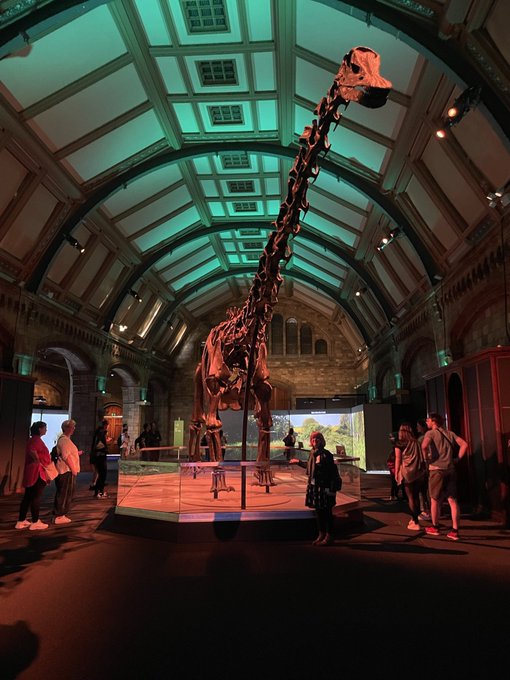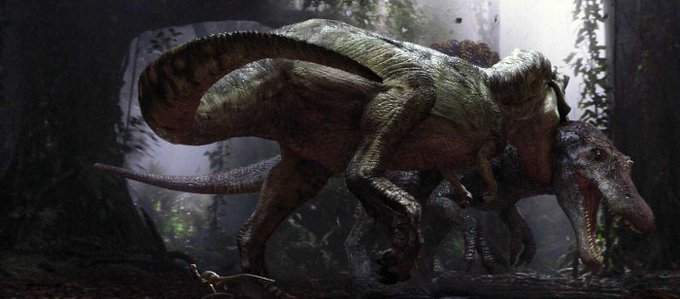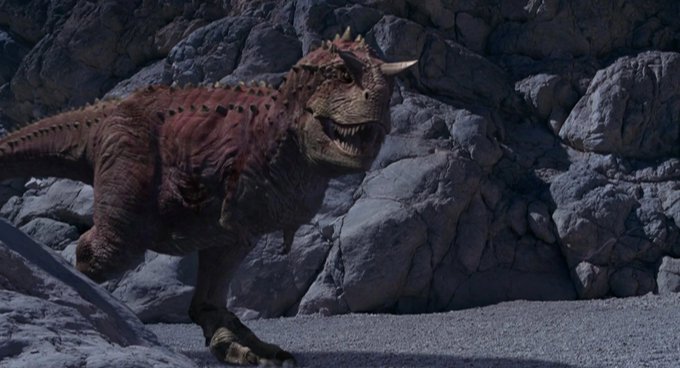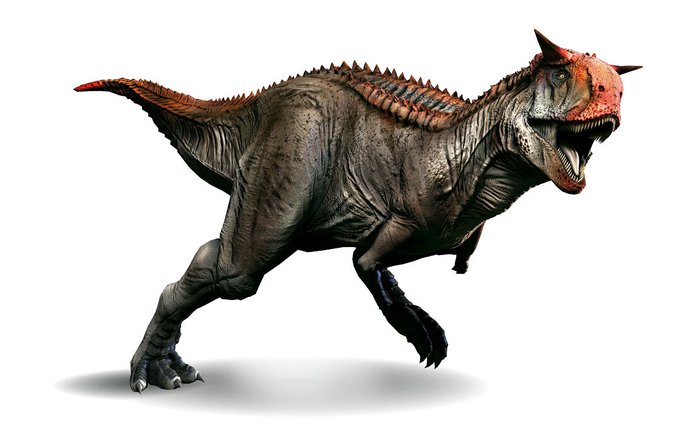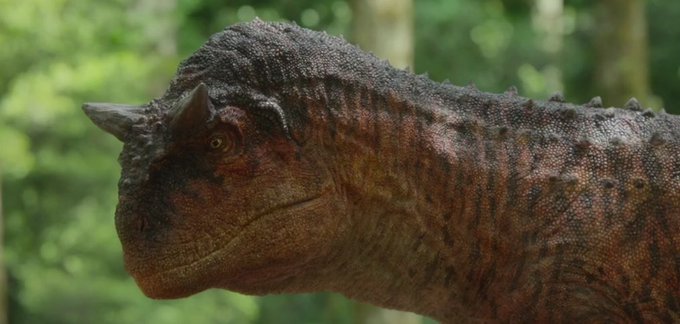Ever wonder just how much bigger the huge titanosaurs were than many of the sauropods we typically see in museums? These pics by @flygirlNHM might help!
Prior to the discovery of Yutyrannus, Beipiaosaurus was the largest known animal with direct evidence of feathers. Estimated at 2.2 meters in length and less than 30 kilograms, it’s roughly 4 times shorter and 130 times lighter than the fuzzy tyrannosauroid.
Yesterday I posted a prompt for folks to use a picture of CM 9380 I took for reference to see what kind of variety of interpretations we’d get. This is what we have so far…
I’m curious if 65 follows the big media trend of underselling the bite force of giant tyrant dinosaurs…
Historically Carnotaurus was depicted with osteoderms arranged in neat rows along its body in a relatively croc like fashion. We now know these were actually feature scales and more randomly assorted.
Described only last year, Maip macrothorax is the largest known megaraptorid at 9-10 meters. Compared to other megaraptorids, Maip was a particularly robust animal.
Tyrannosauroids might just contain the biggest size range of any theropod superfamily, with the smallest known members being over 2000 times smaller than the largest. Skeletal by @DanPalaeon1
2 meters long. That may not seem insane compared to T.rex or a Columbian mammoth. But for 480 million years ago, Aegirocassis was downright enormous! #FossilFriday
Does Yutyrannus support the idea of a heavily feathered T.rex? No, not particularly. It was big, but still a sixth the weight of a rex and came from a much cooler environment. Sparse feathering in T.rex, maybe. But a Yutyrannus comparison isn’t strong. 1st art by @mariolanzas5
I really can’t believe it’s 2022 and we still have people convinced large dinosaurs were too big for land. We literally have tracks, great knowledge on their anatomy, heck their diets would indicate where they lived! It boggles the mind…


